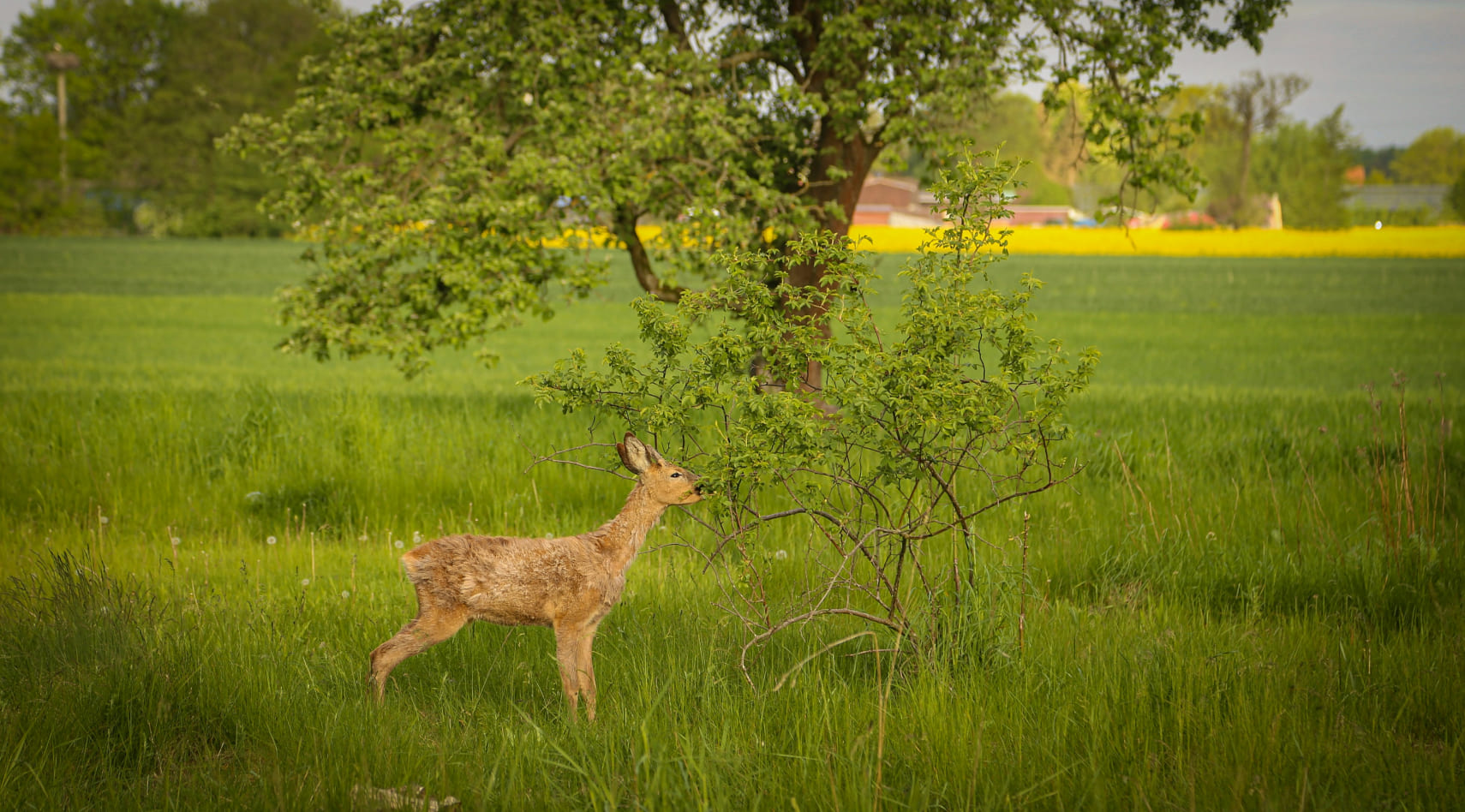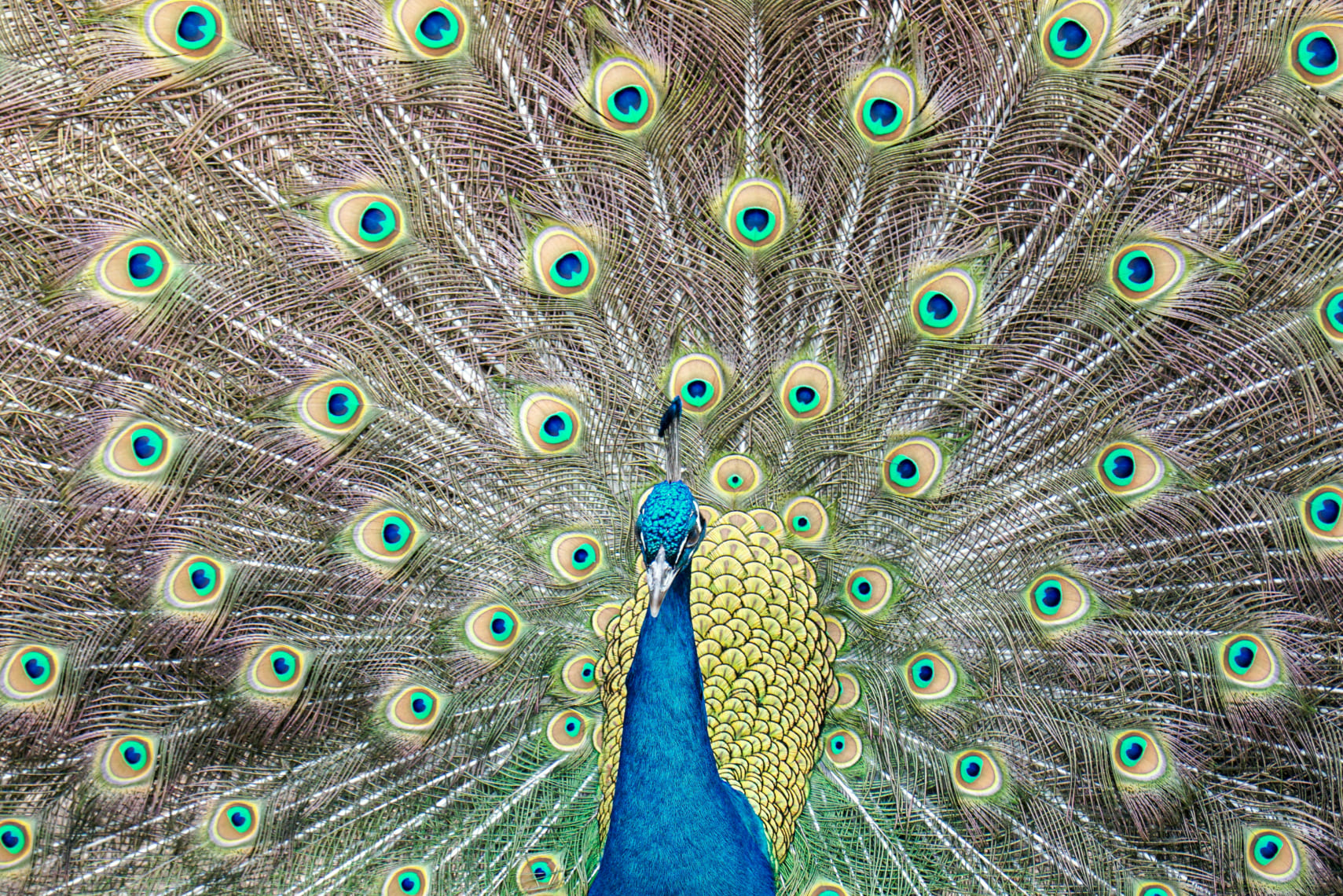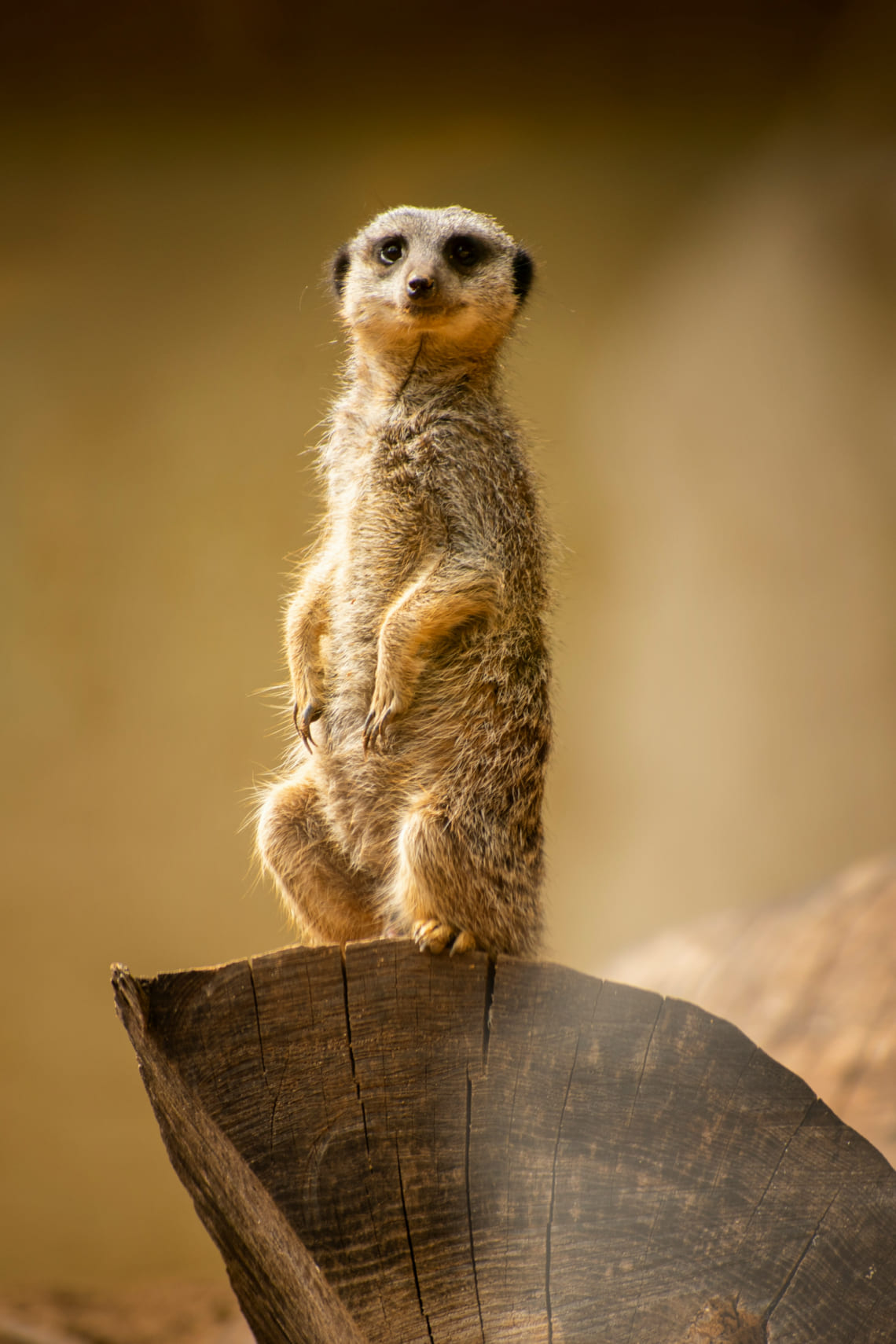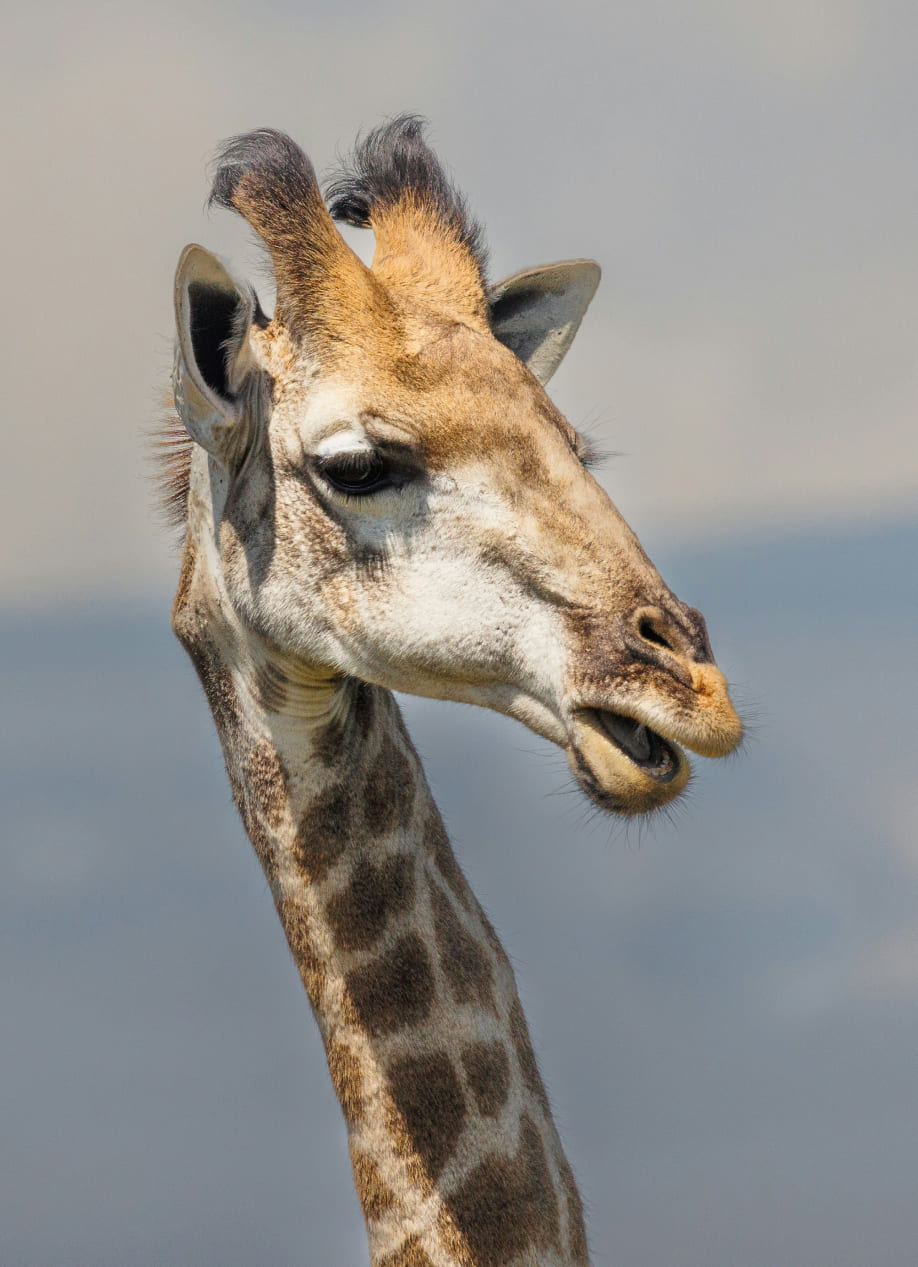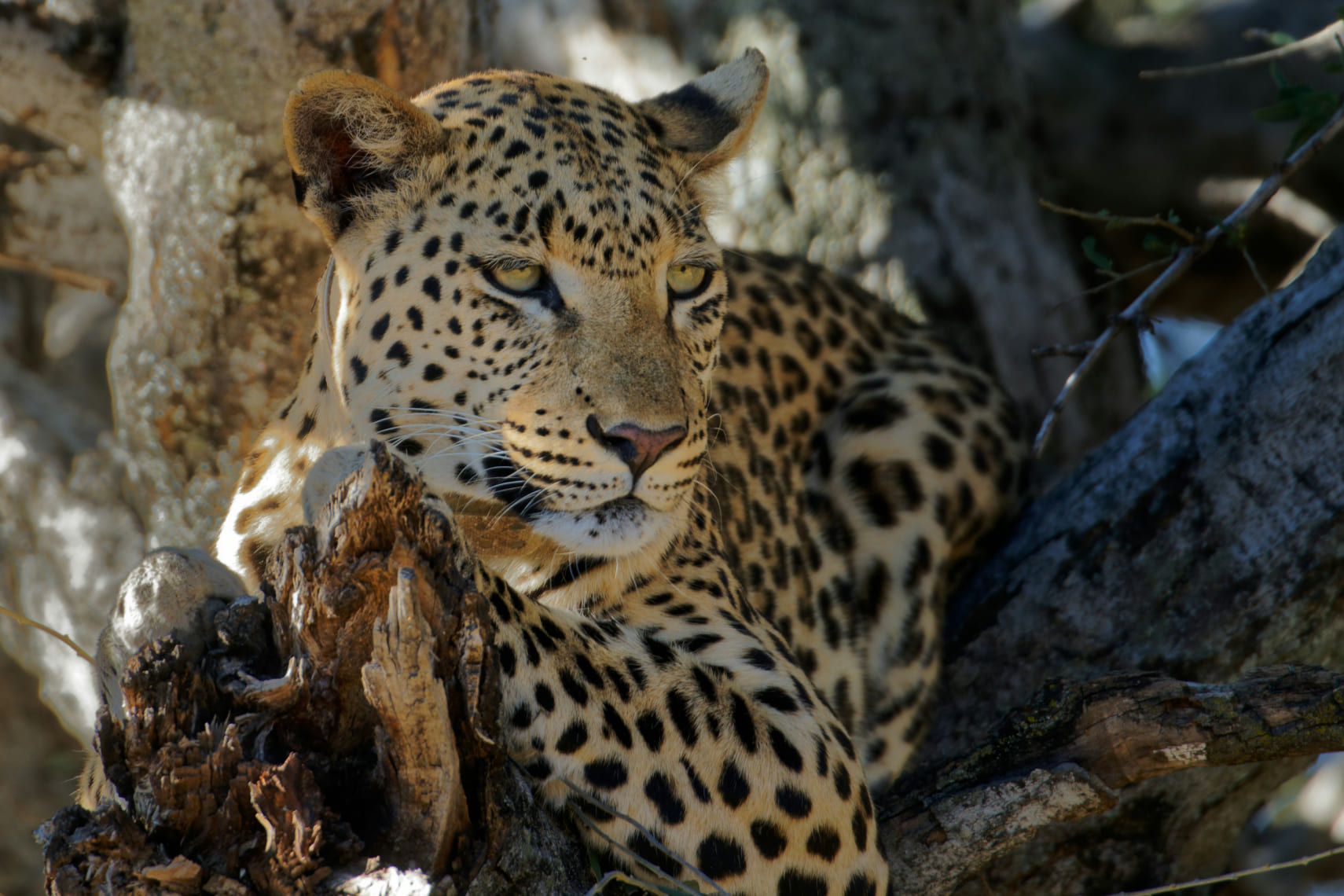Wild Duck in the Savanna
Wild ducks, often associated with freshwater wetlands, can also be found in the savanna’s seasonal water sources, such as temporary ponds, lakes, and riverbeds. These ducks exhibit remarkable adaptability, taking advantage of the savanna’s rainy season when water becomes abundant. They feed on aquatic plants, insects, and small fish, playing a critical role in the food chain by transferring nutrients across ecosystems.
Read More
















